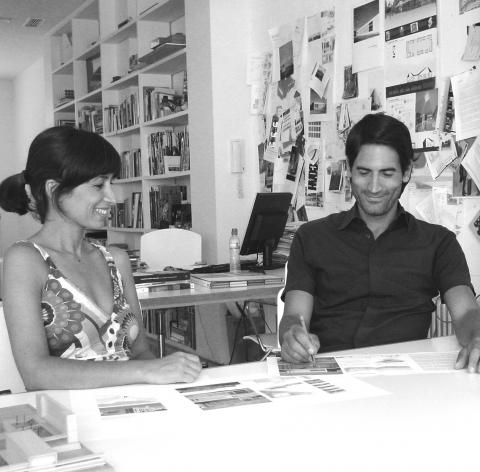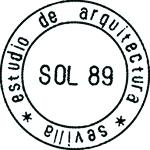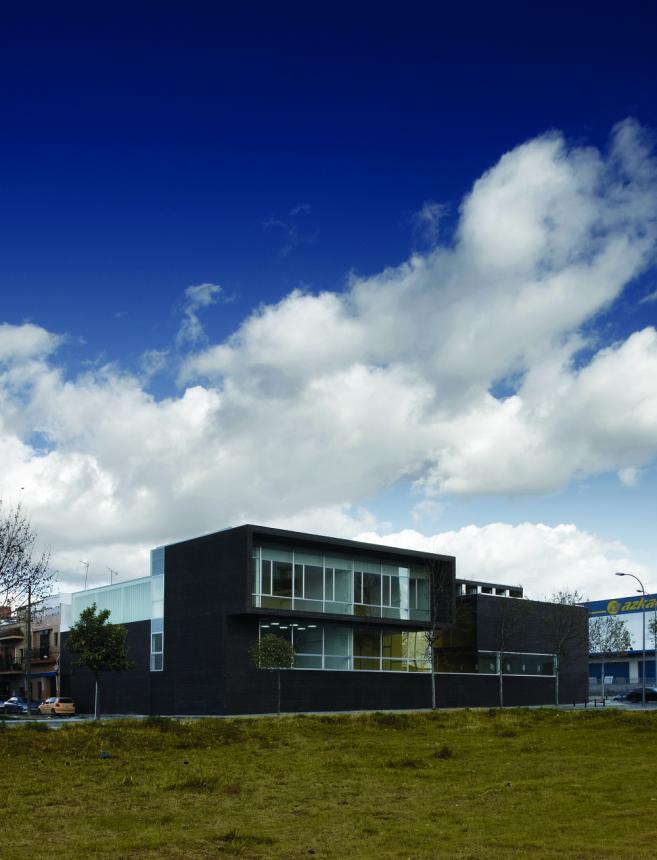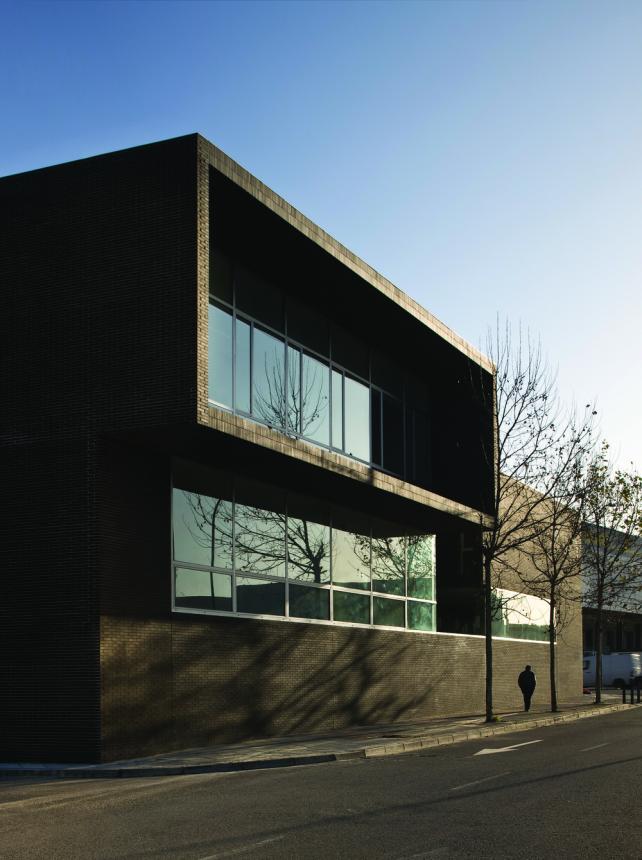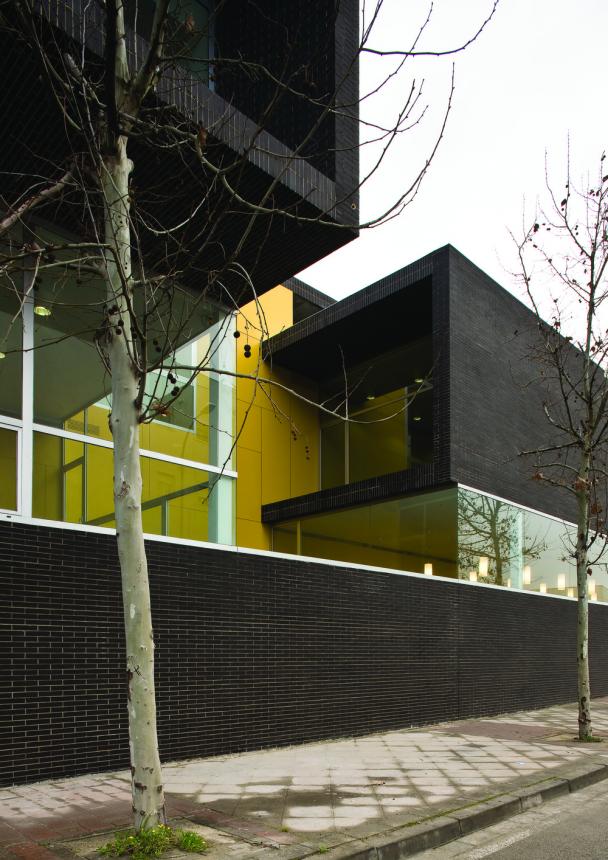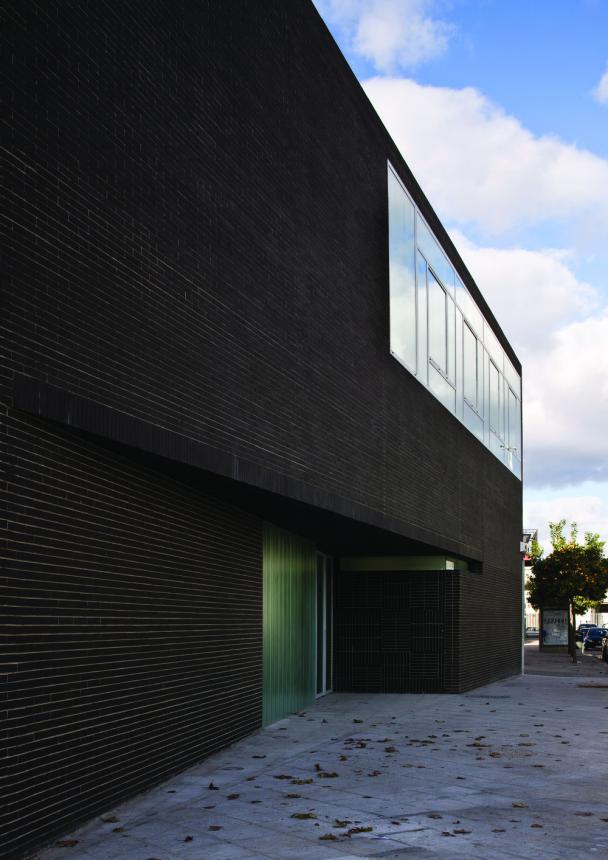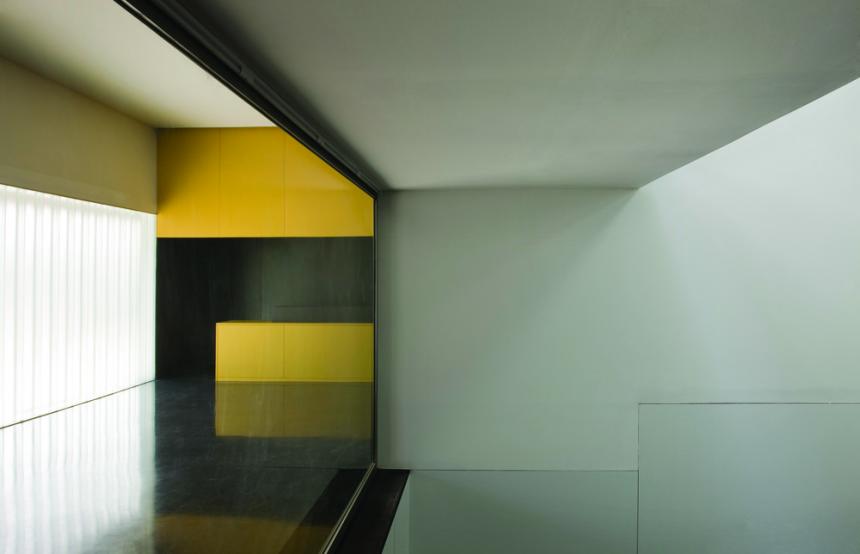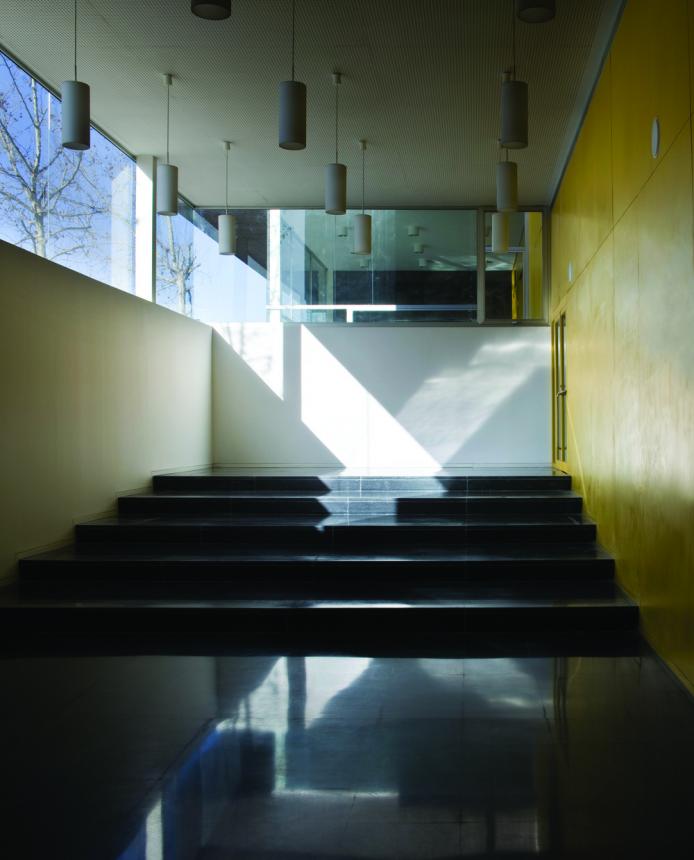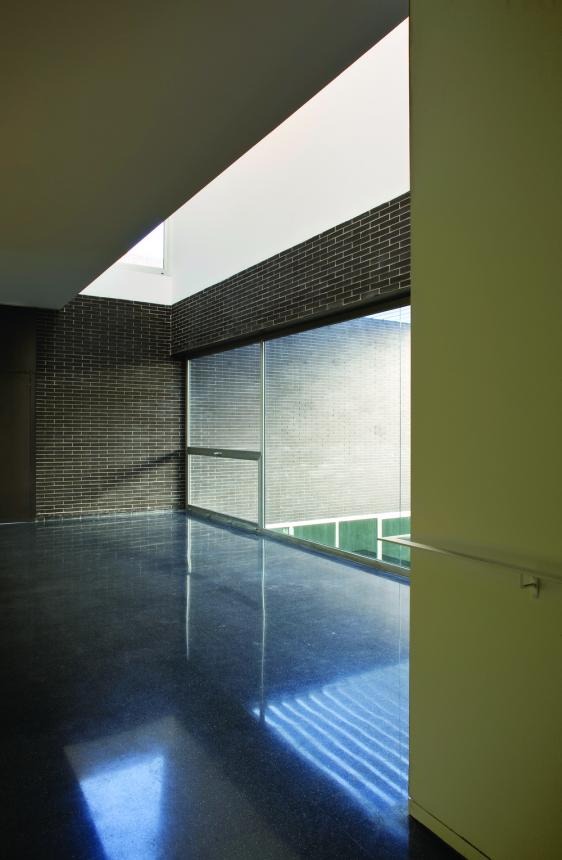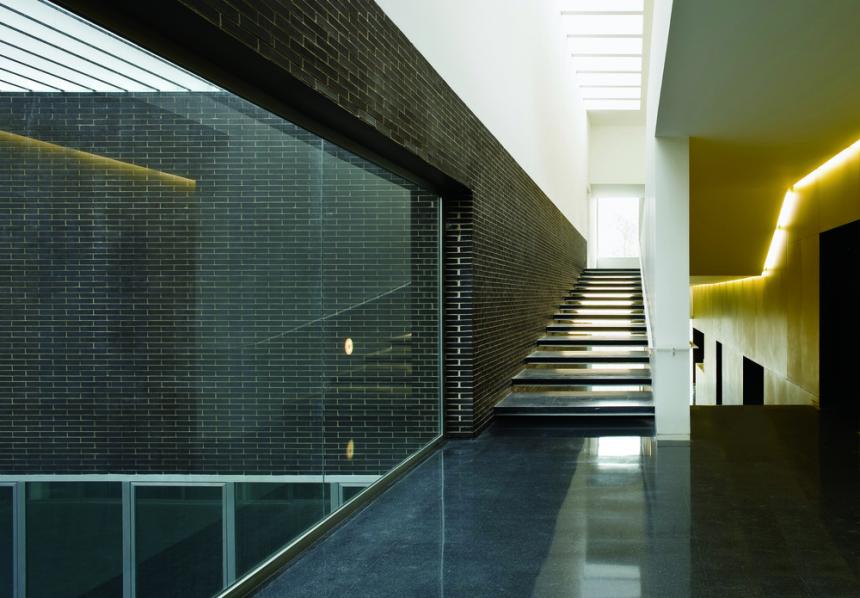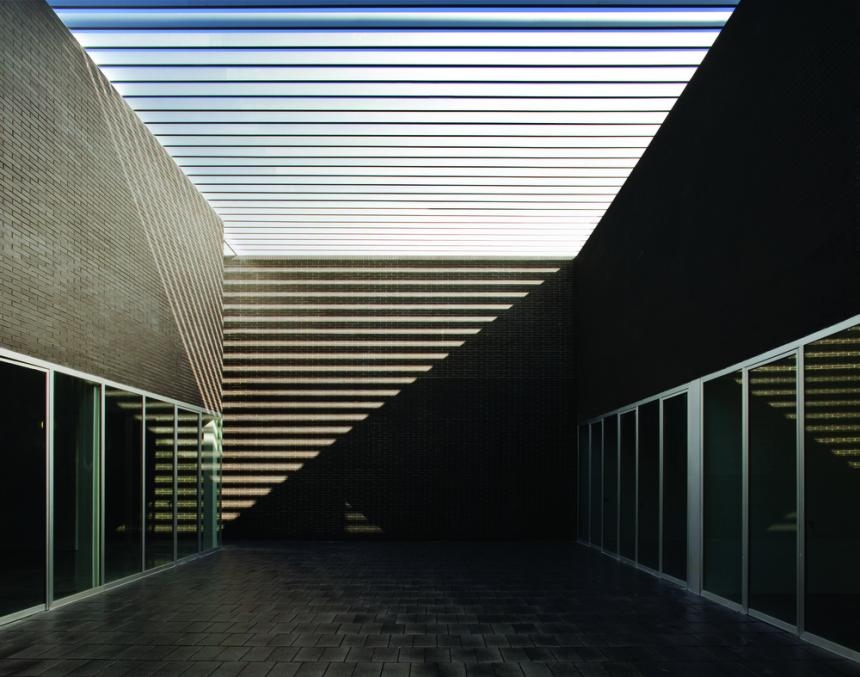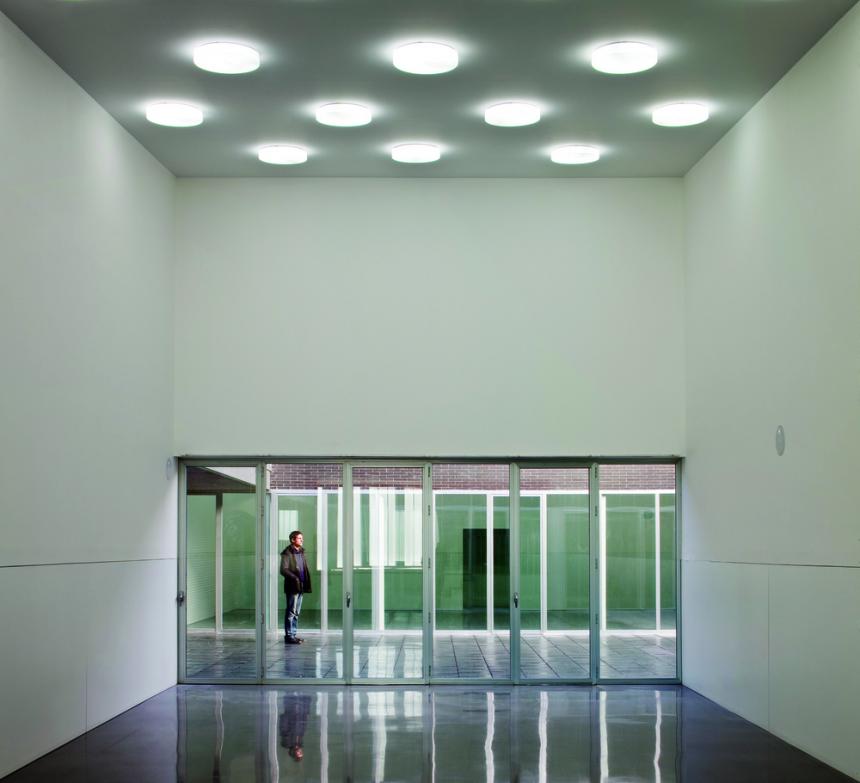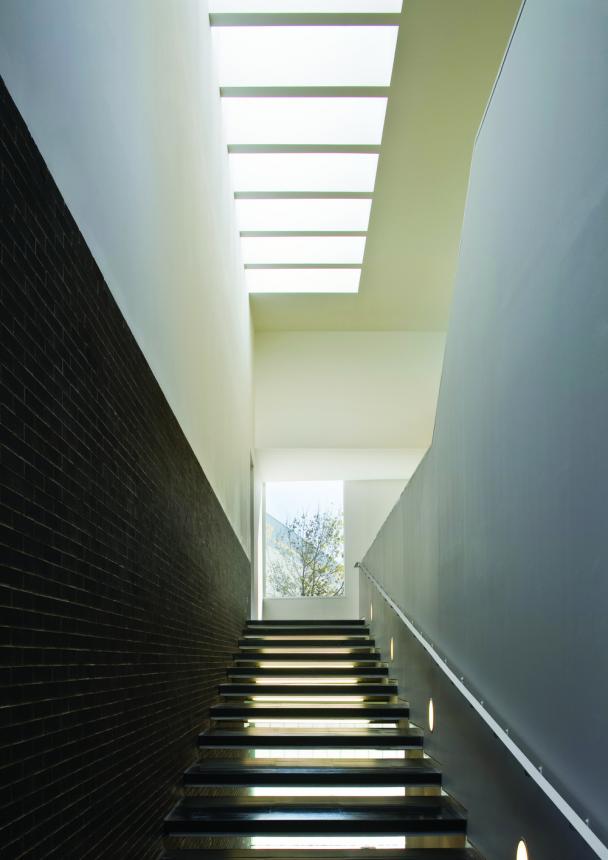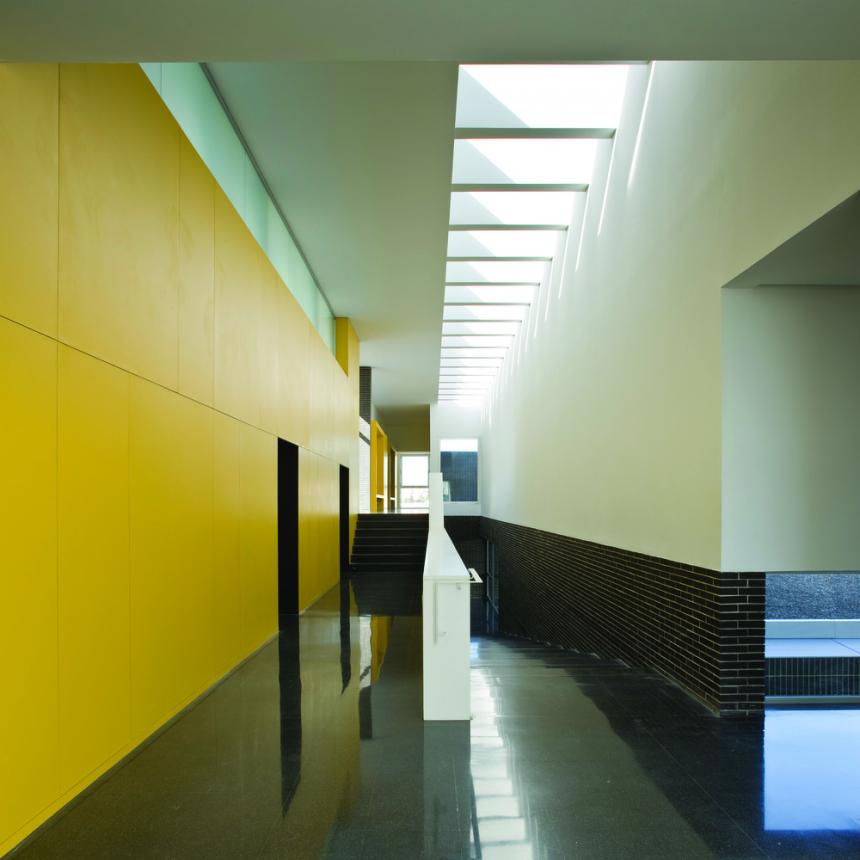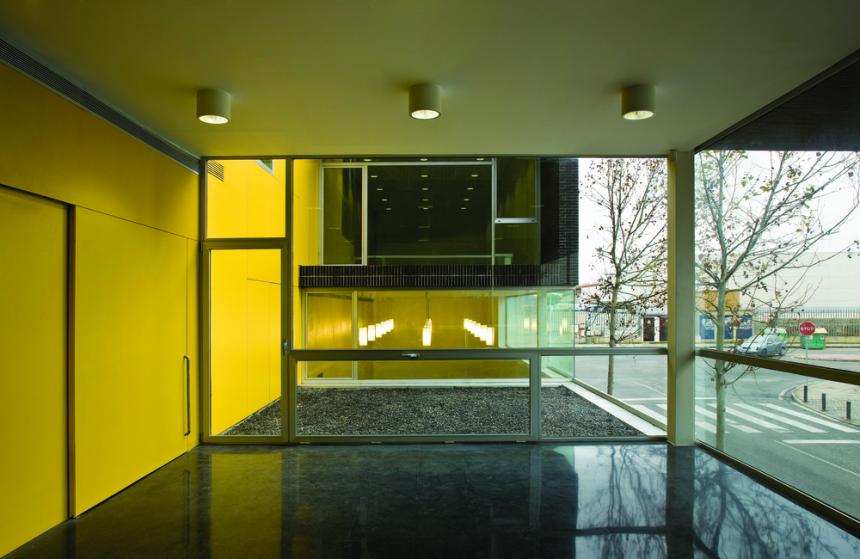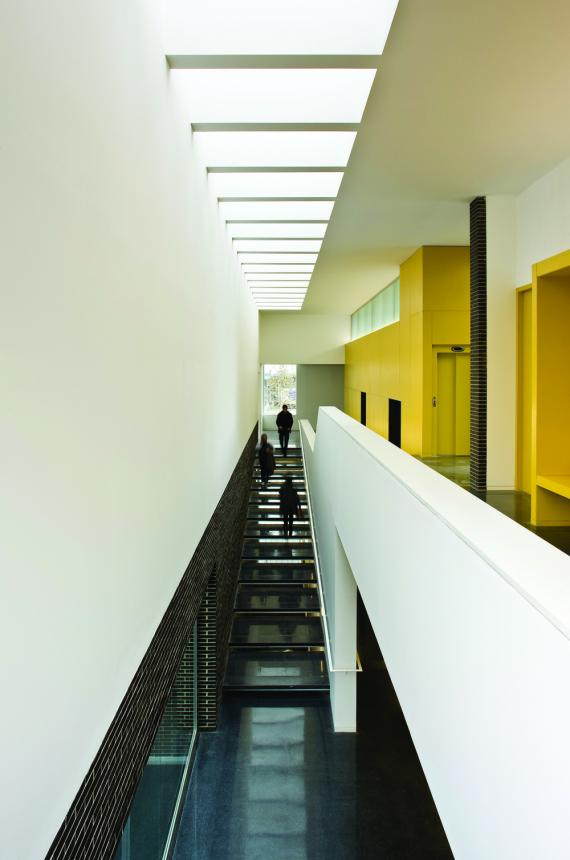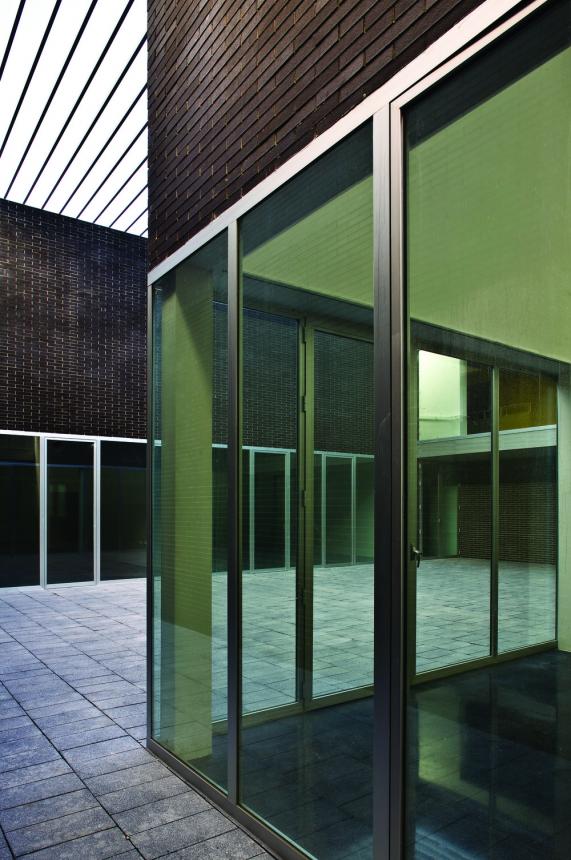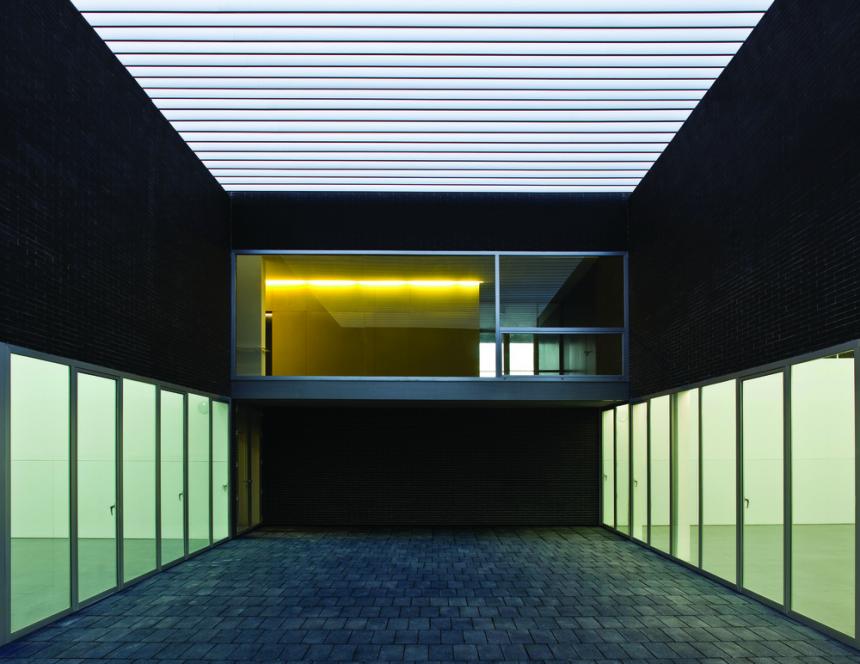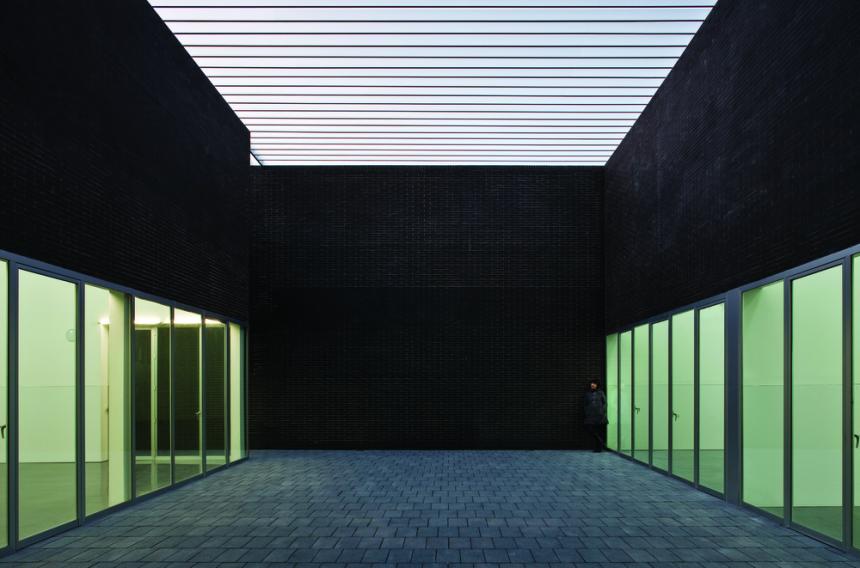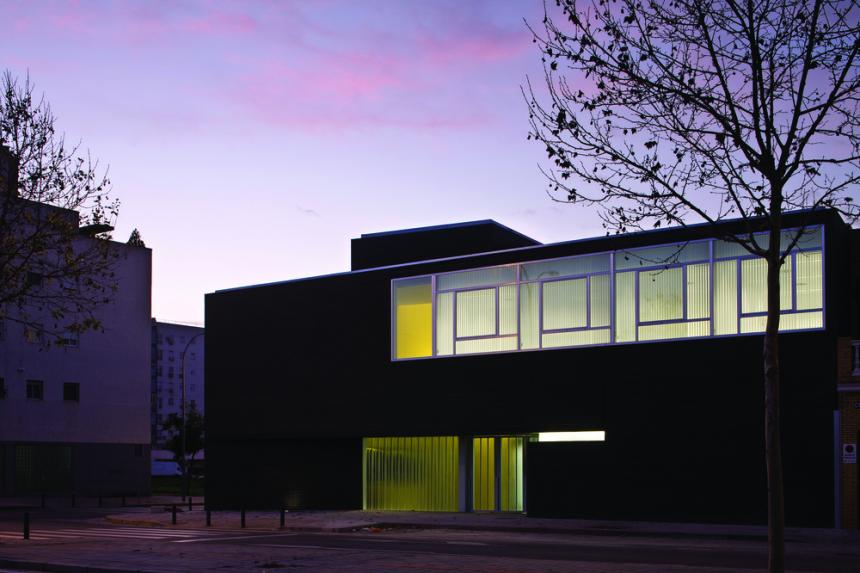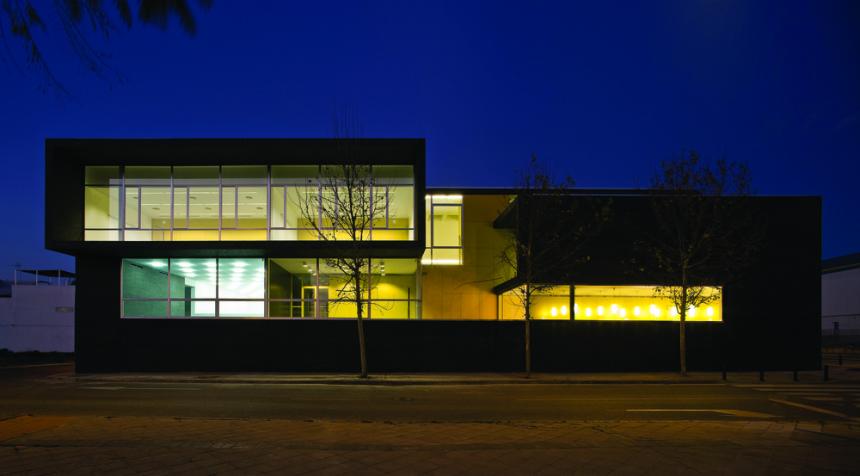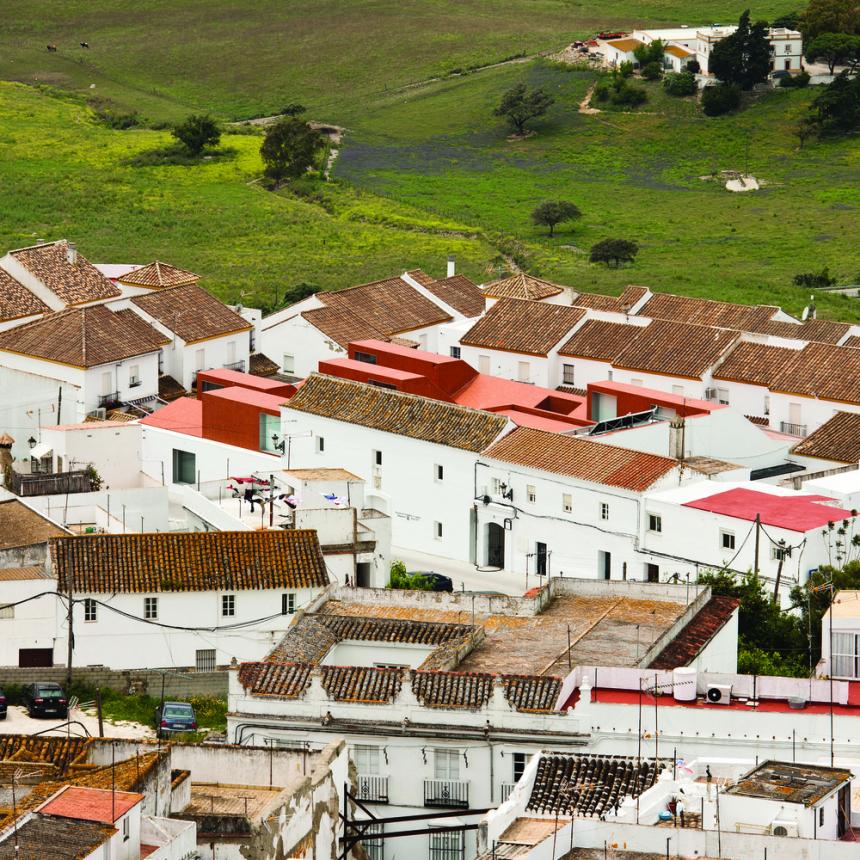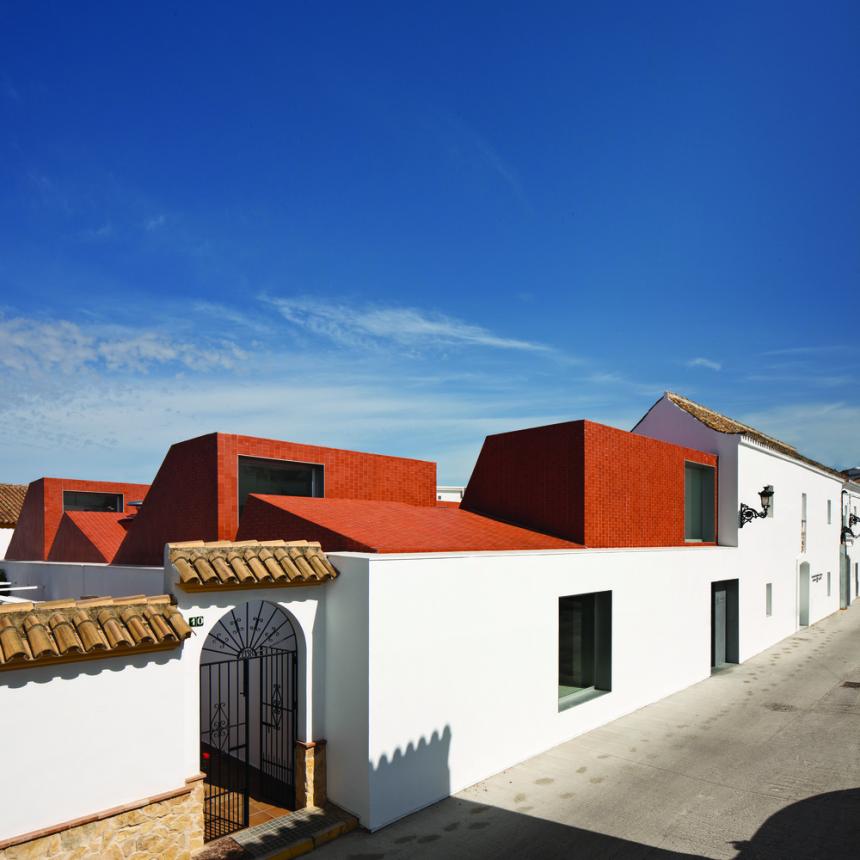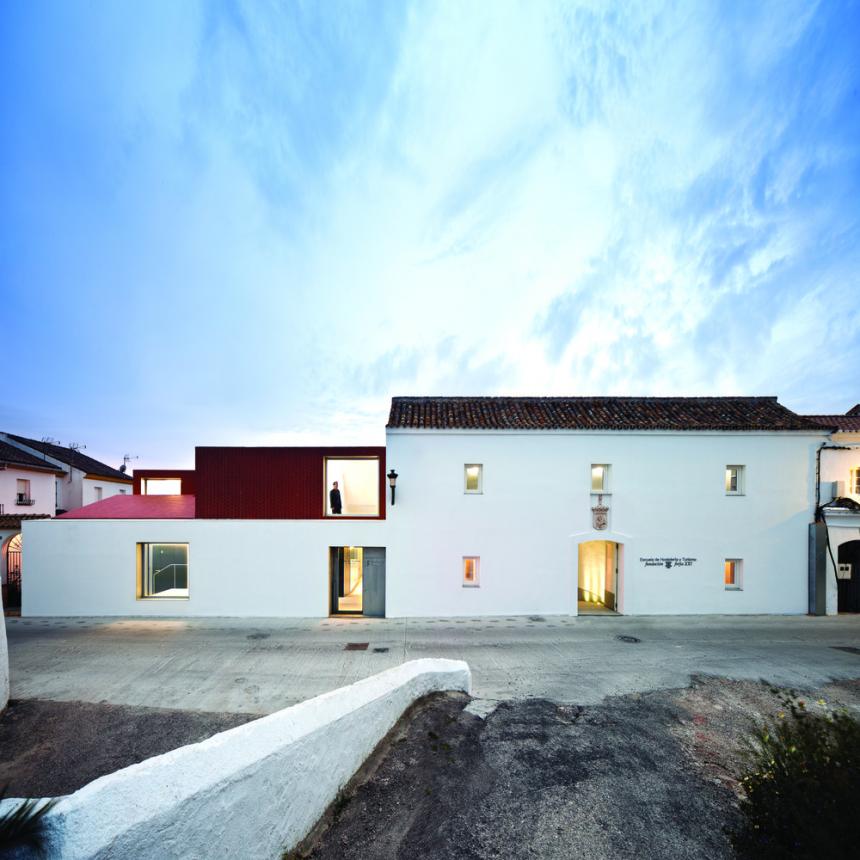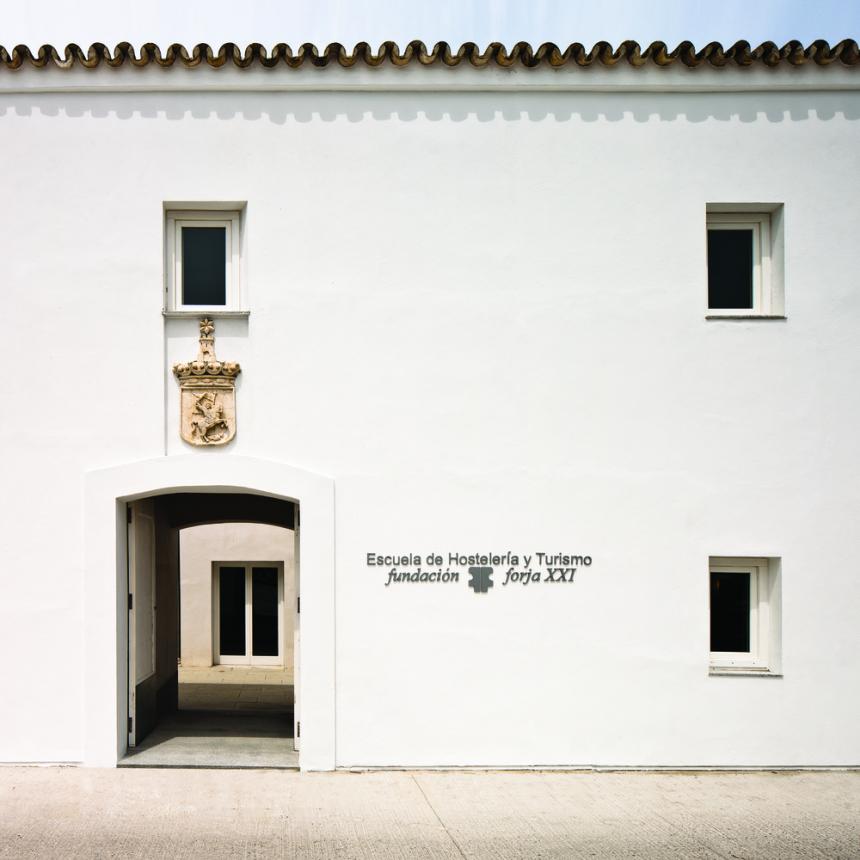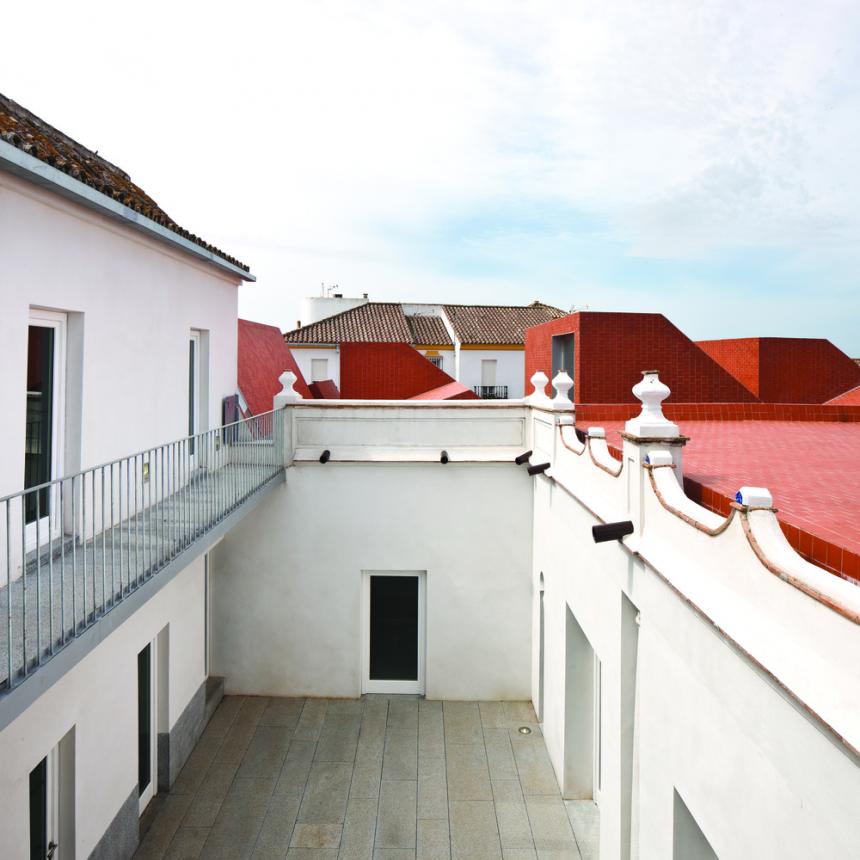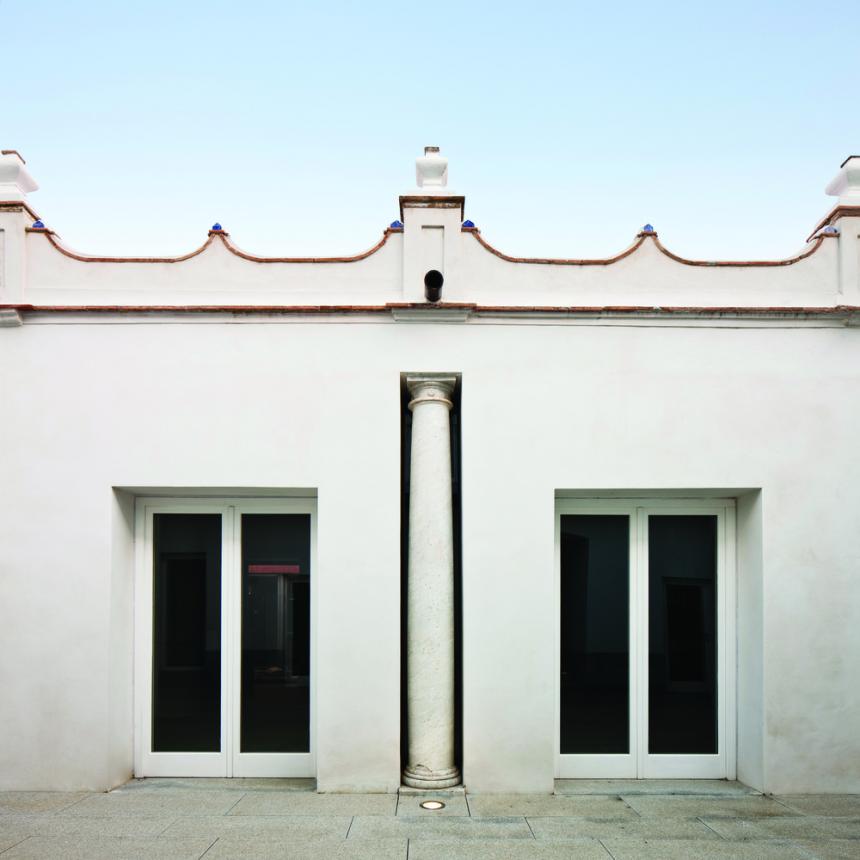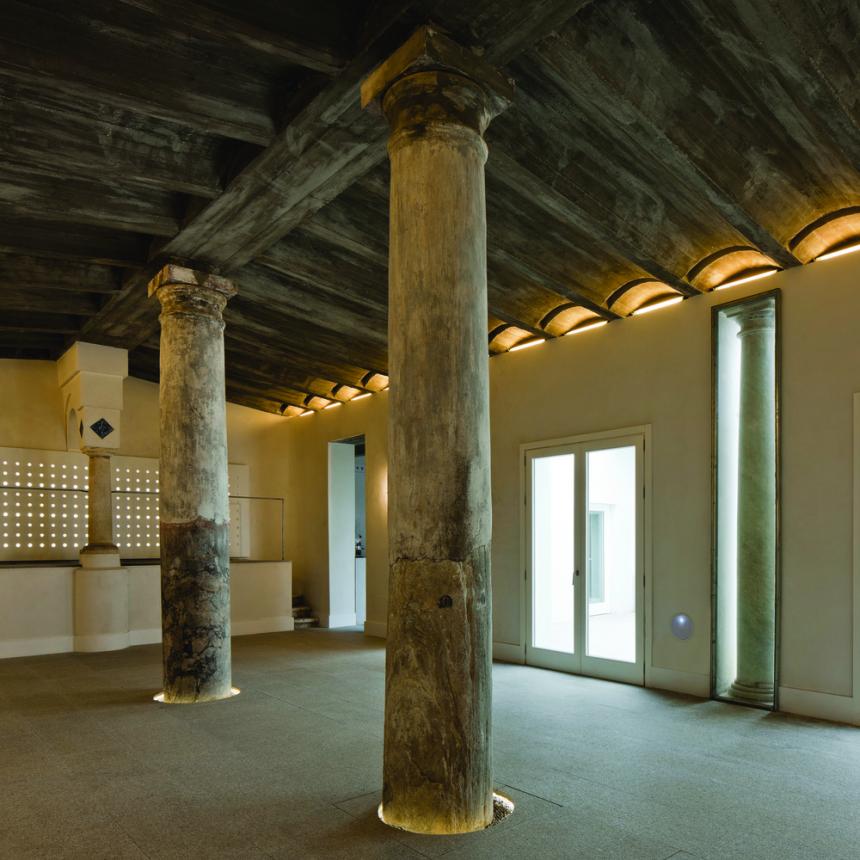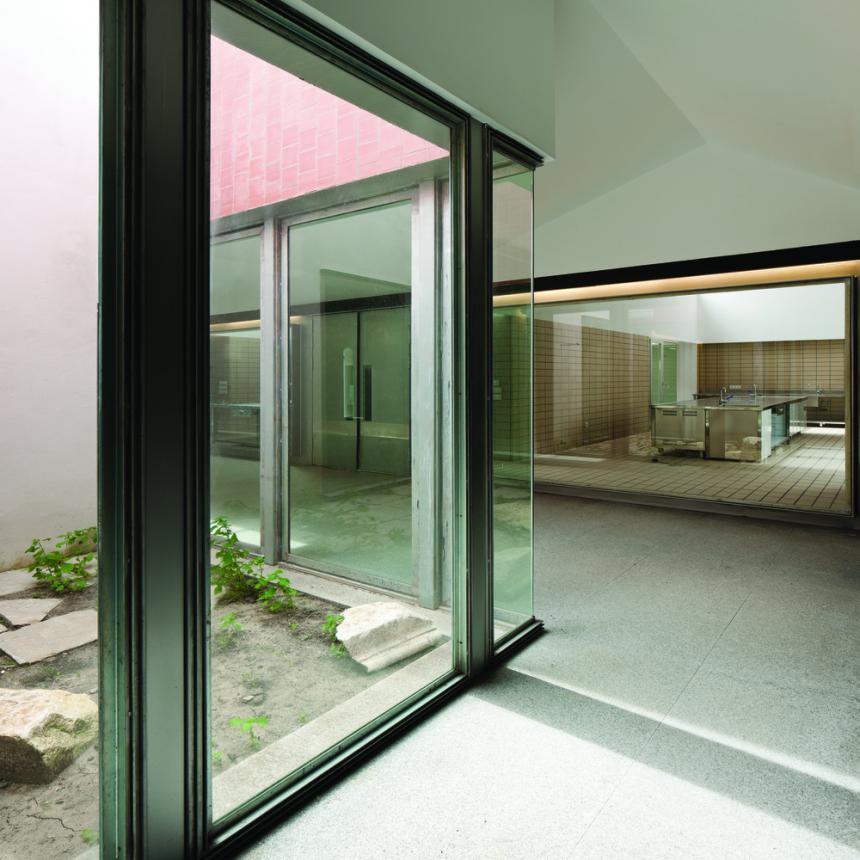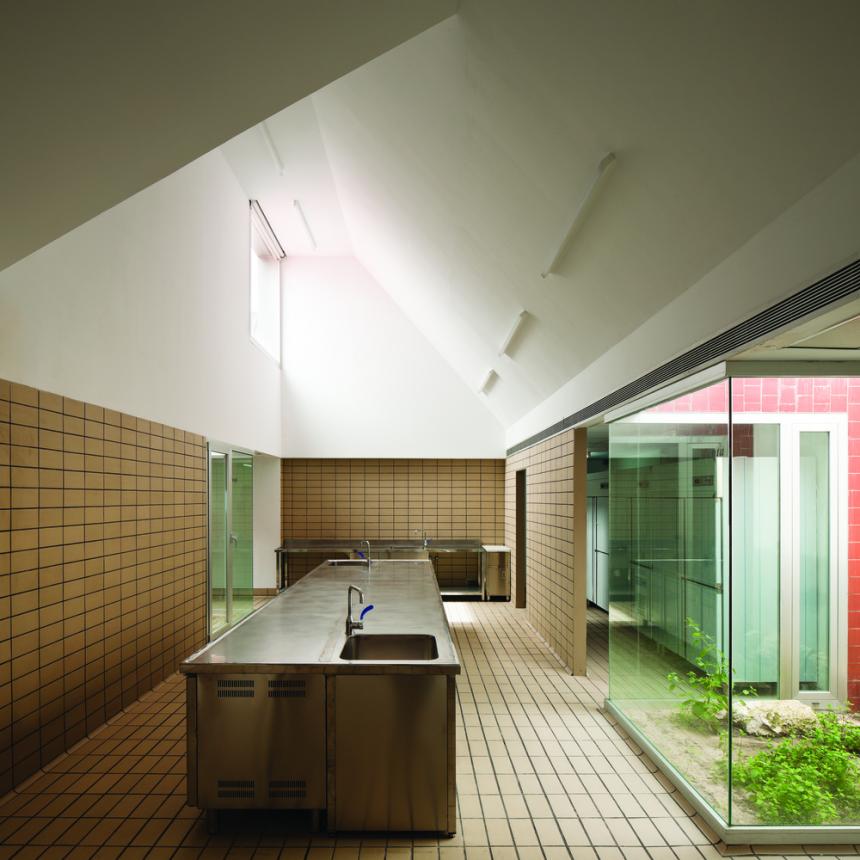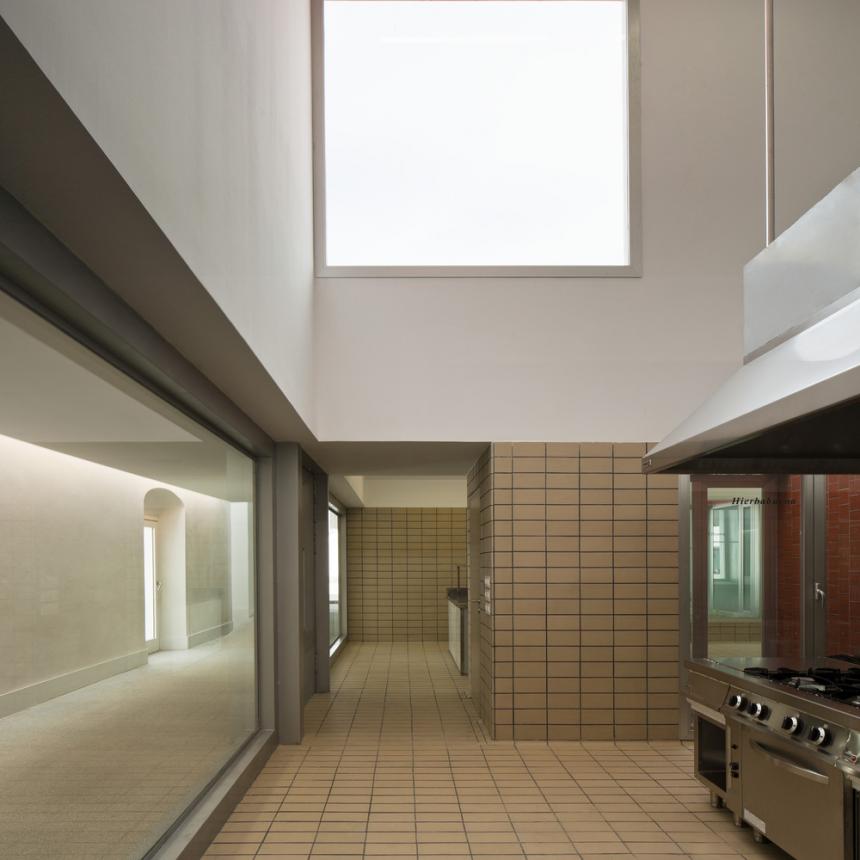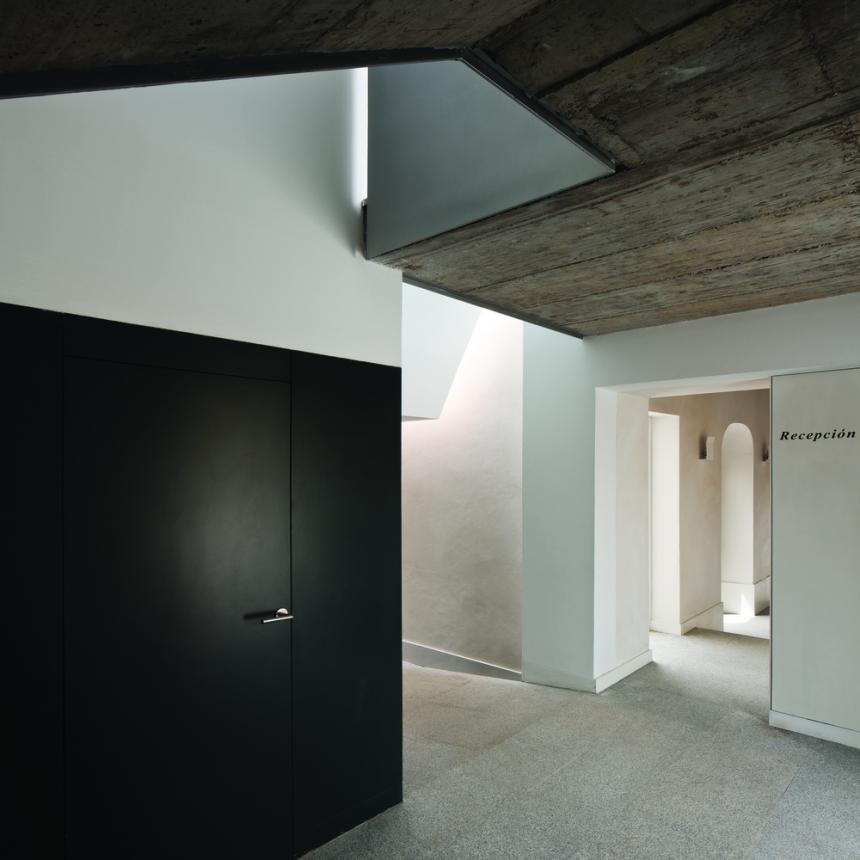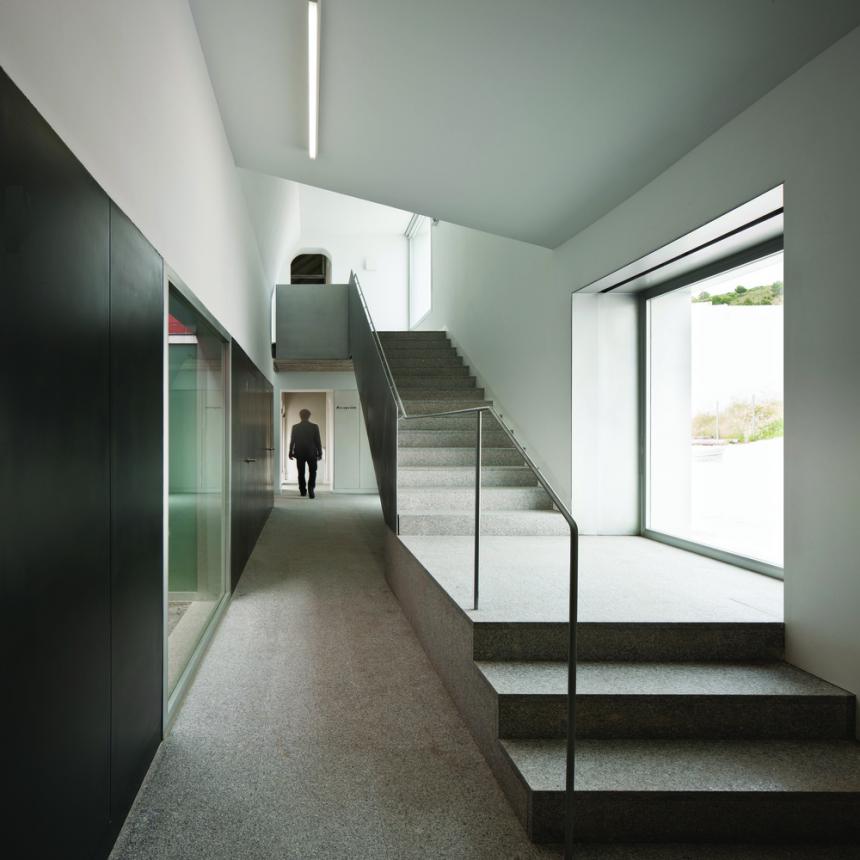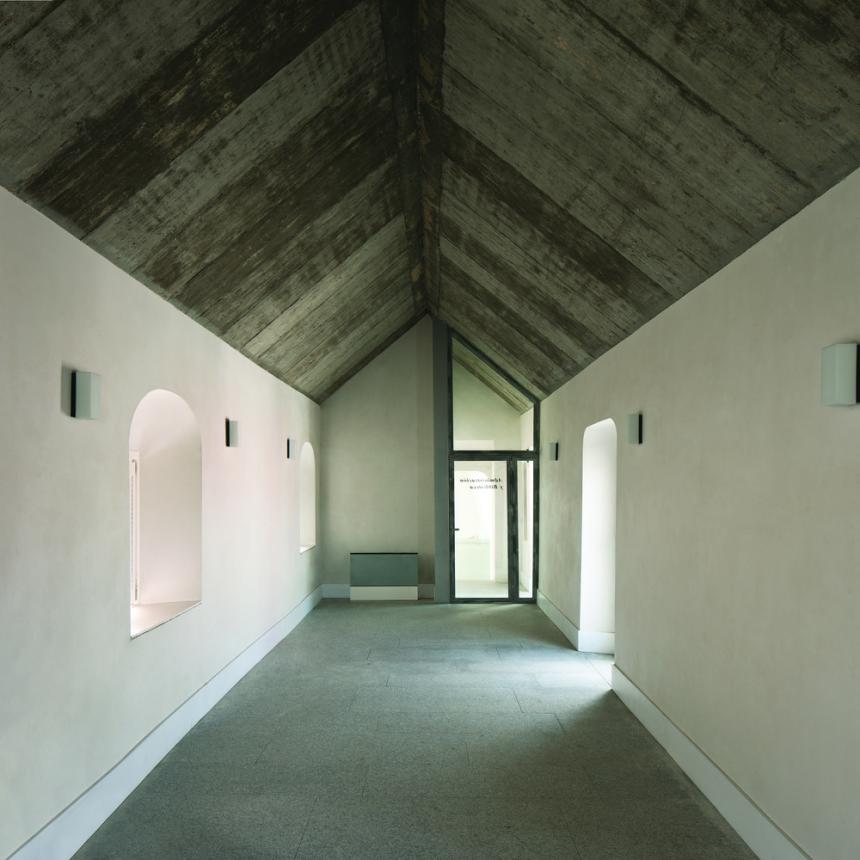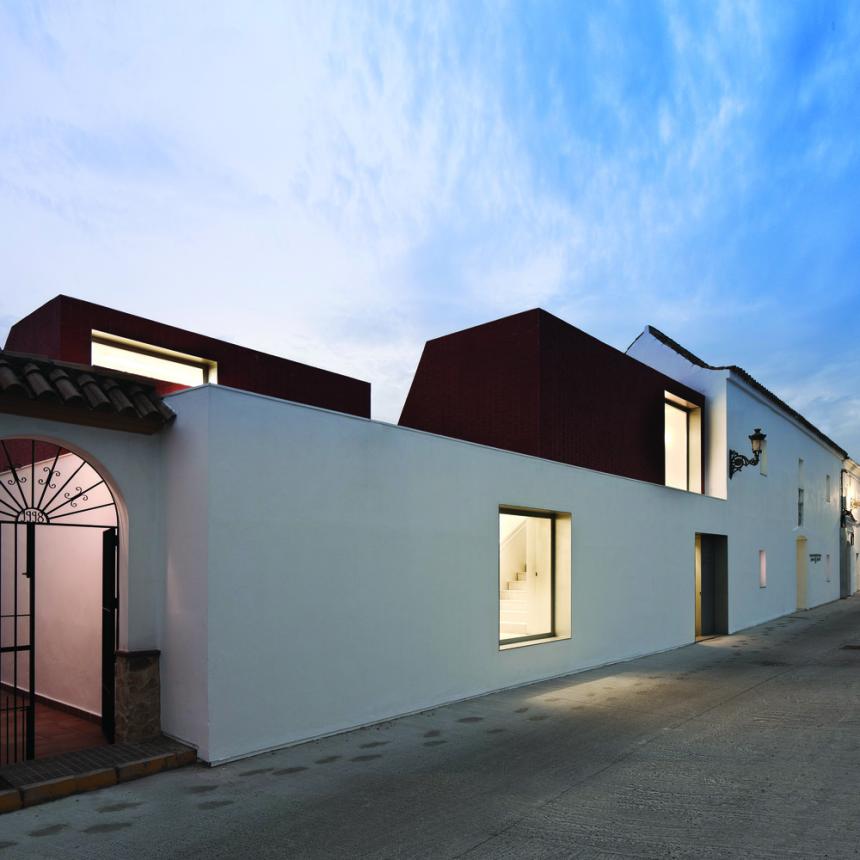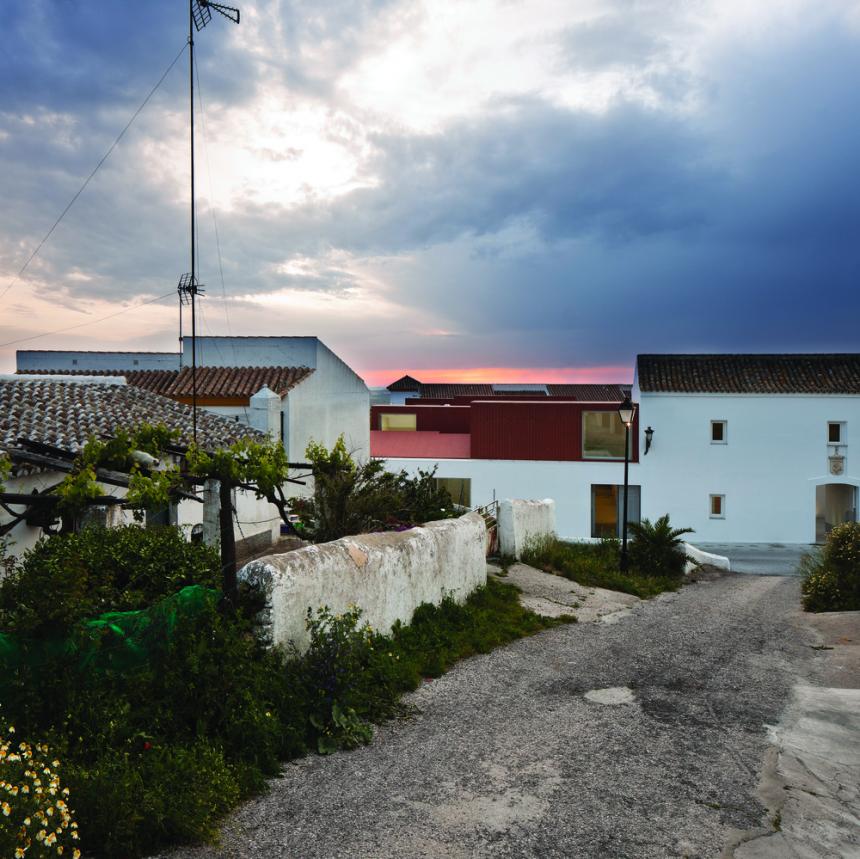SOL89
María González (Huelva, 1975) and Juanjo López de la Cruz (Sevilla, 1974) are architects from the Escuela Técnica Superior de Arquitectura de Sevilla (ETSASevilla) of the University of Seville in 2000. They were awarded the highest grade in his Final Degree Project, which also received a prize in the 13th edition of the Dragados Final de Carrera awards. After a one-year scholarship at L´École d´Architecture de Paris-la Seine in France, in 2001 they established their own office, Sol89, a practice in which they strive to accommodate research, teaching and professional practice.
Over the years, Sol89 has had the chance to carry out and build projects from which to approach the intermediate spaces of the city as well as the reuse obsolete structures. This work has been widely published in specialized national and international magazines and journals.
The practice has received prizes in competitions and awards for its built work, the most recent being the Ascer First Prize (Valencia, 2013), the Arquitectura Plus First Prize (Barcelona, 2013), the Silver Medal of the Fassa Bortolo Prize (Ferrara, Italy, 2103) and the Weiner Berger First Prize (Vienna, Austria, 2014) and have been finalist in the current editions of the Spanish Biennale of Architecture and Urban Planning (Madrid, 2013) and the FAD Architecture prizes (Barcelona, 2013).
They have been invited to lecture about their work and participate in design workshops in various Spanish Architecture Institutes and in most of Spain’s architecture schools. They are associated professors in the Department of Design of the Architecture School in Seville since 2005, holds a Masters Degree in Architecture and Sustainable Cities (2008) and are currently working on their doctoral thesis about key local and global issues in contemporary architecture design.
Their professional and academic career also approach the field of architectural thought; in 2008 they became a founding member of the academic journal Proyecto Progreso Arquitectura, indexed by AVERY and part of the catalogue of Harvard and Columbia Universities; they have published articles and given talks in different conferences, as well as directed seminars and meetings, such as the International Congress dedicated to the work of Jørn Utzon for the Universidad Internacional de Andalucía (2009) and the annual seminar Acciones Comunes (2013) for the Universidad Internacional Menéndez Pelayo about artistic and architectural strategies that intervene in the intermediate spaces of the city. They are the coauthors of the book Cuaderno Rojo (University of Seville, 2010), and authors of Proyectos Encontrados (Recolectores Urbanos, 2012) as well as El dibujo del mundo (Lampreave, 2014). In this order, these books are reflections about research in architecture design, the debris of contemporary architectural culture and the idea of journey and drawing in the work of the Norwegian architect Sverre Fehn.
A TALE ABOUT SOL89
Everything has to do with everything. In our workplace, research, teaching and professional activity get blended. It could not be otherwise. Everything that surrounds us is imbricated and is always the same but in a different way: projects are lessons, texts are drawings and books are constructions. Everything is related to us. Researching, a lesson or a project is not only a portrait of ourselves, but also a map of our concerns where the world appears adapted to our particular scale. Each of these tasks develops like a skin, a place where the inside and the outside meet and deface each other permanently.
All times, real or imagined, were now the same. We often use a cork wall in our studio to explain a procedure in that time and space get mixed. Here we overlap photographs, drawings, notes and texts once called our attention, and so define a framework that fixes unexpected links between apparently unrelated issues. This accumulation of things placed on top of each other reminds us that passing of time is just a casual superimposition of elements where it is possible to rescue stories that happened in the past. Everything we think we have discovered we have just understood it.
We do not know where ideas come from but we believe that on of them already exist somewhere, at some time or in a different shape. We just need to find the closeness that makes an encounter between those ideas and the present concerns possible. Knowing, telling and doing. Knowledge is not usually where we originally suspect it. Each change of direction gives birth to a project and finishes another one at the same time. On every account we project again and think over what to tell, teaching a lesson means asking new questions. Doing is not testing but starting again, building is not the end of architecture but its beginning. The order does not always need to be like this.
